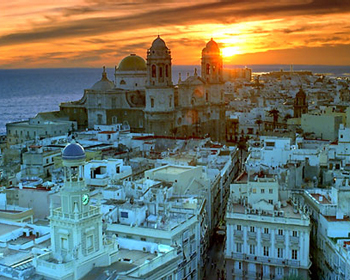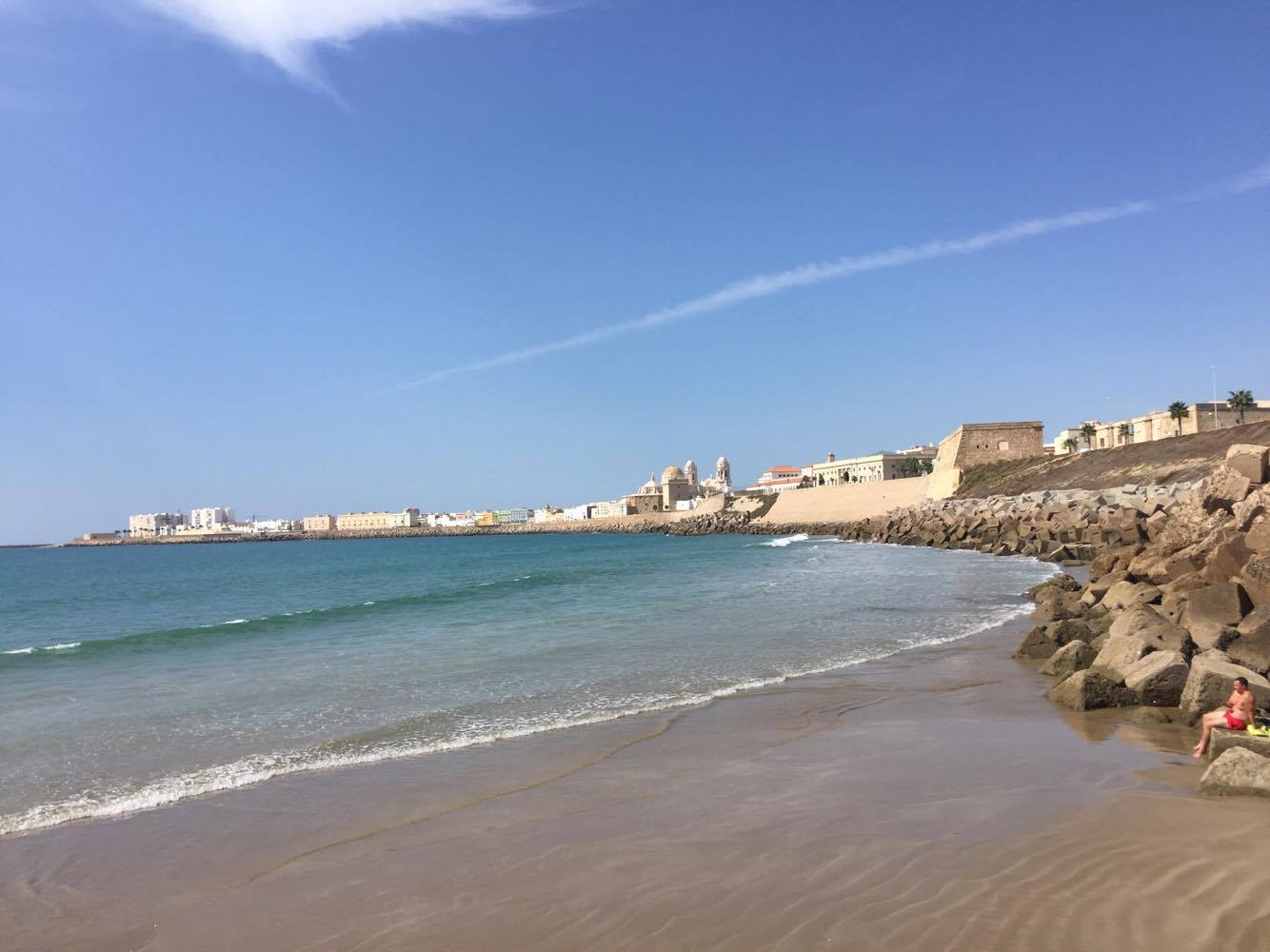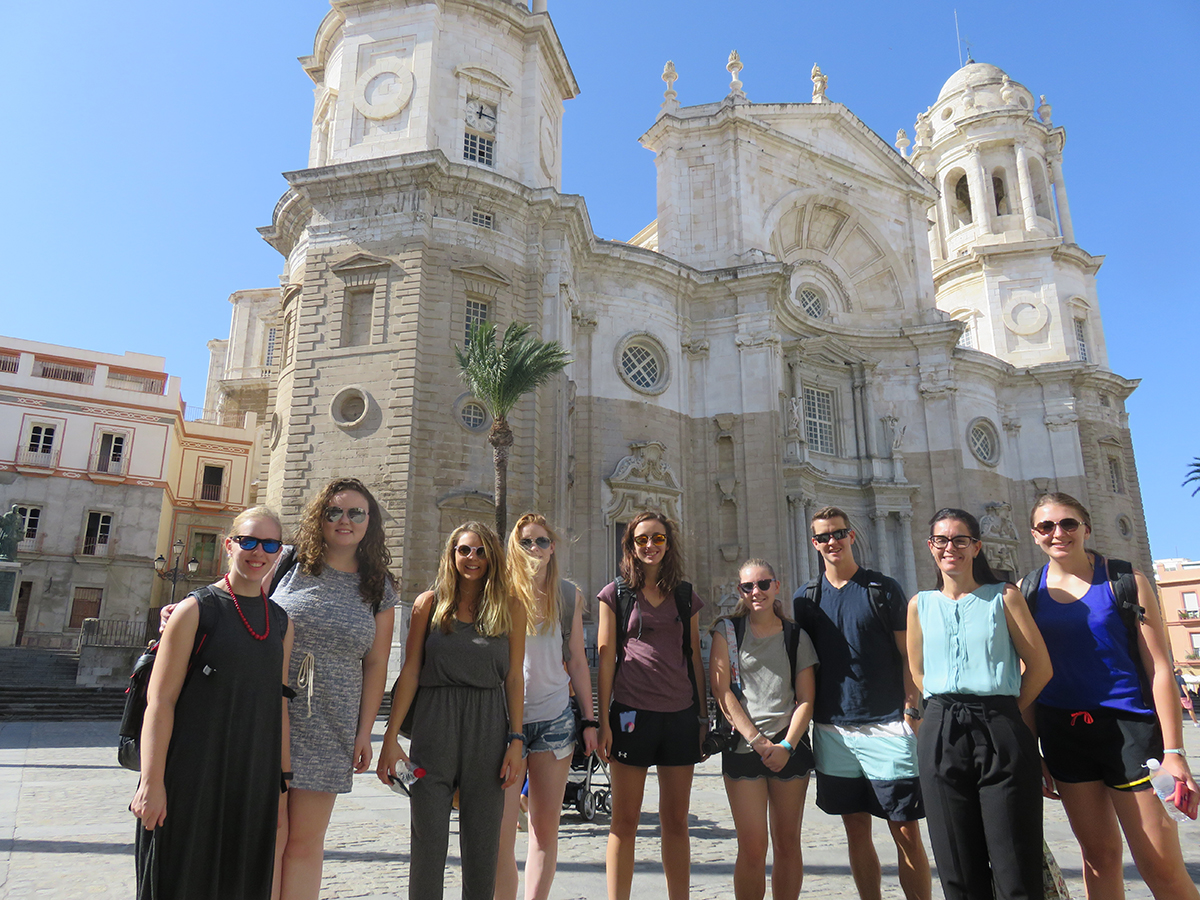Cádiz (Beach trip)
  
|
Cádiz is the oldest continuously-inhabited city in Spain and one of the oldest in southwestern Europe. The “Tacita de Plata” was founded in 1100 B.C. by the Phoenicians, a seafaring people who turned Gadir into an important trading colony where the Carthaginians, the Romans, the Visigoths and the Muslims would all subsequently settle. An open, cosmopolitan city, it sport was chosen by Columbus as the point of departure for his second voyage to the New World. The city would then become, after the decline of Seville, the port to The Indies, drawing the flow of trade with the American Continent. This frantic commercial activity then brought about an era of economic, cultural splendour, when Baroque palaces with their characteristic towers offering amazing views were built. Havana is Cadiz! A stroll along the Cadiz sea front, from La Caleta to the Campo del Sur, will remind the visitor of the image of the avenue the Malecón in Havana, as there are many similarities between Cadiz and Latin American cities, thanks to the constant flow of people travelling between Cadiz and the New World. The cathedral in Cadiz is a good example of this influence, as are several of the manor houses and the towers with their views which grew up in the midst of old Cadiz’s cityscape during the expansion into America. |



